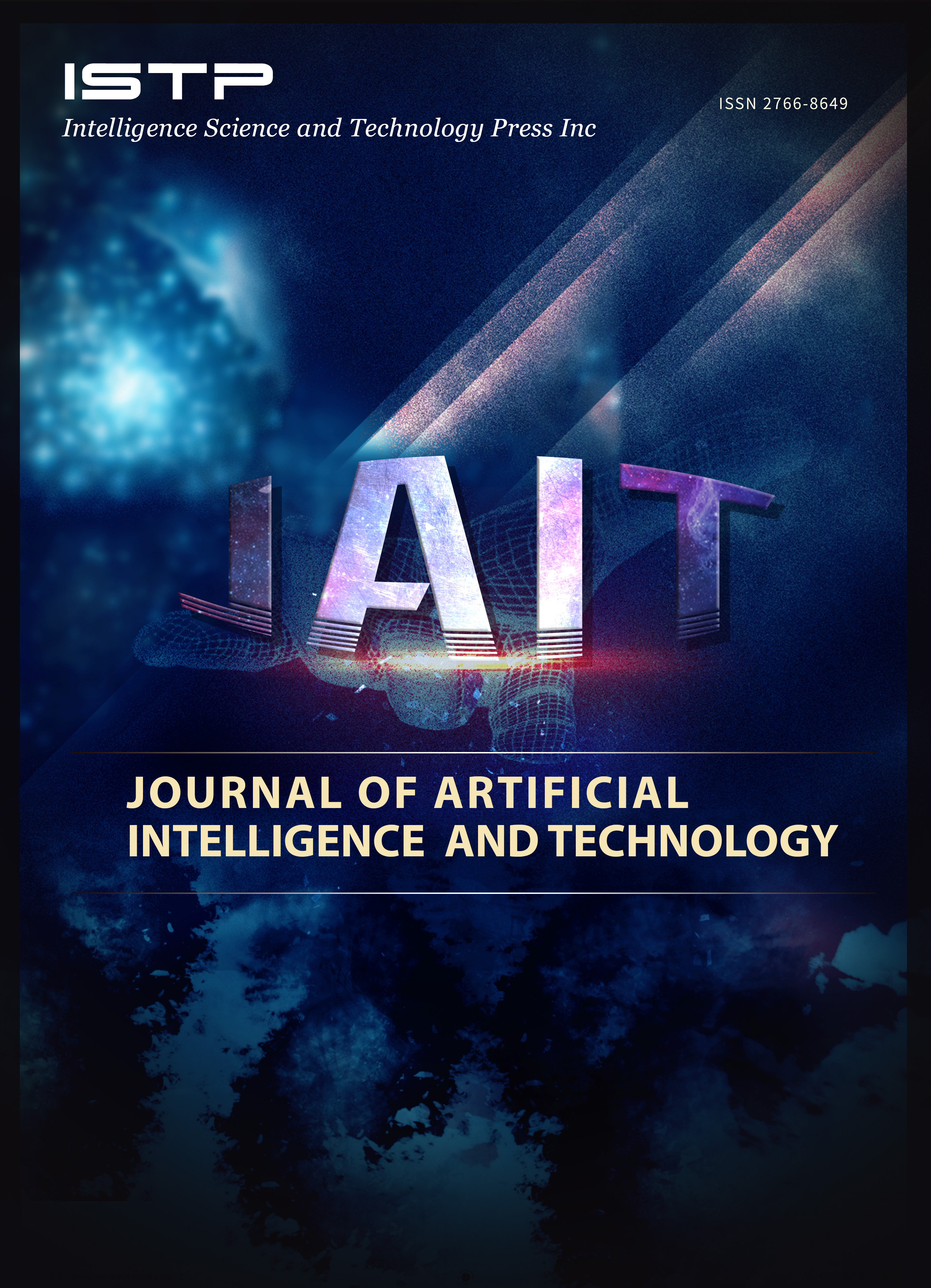Transfer Learning-Based Ensemble Model for Hot-rolled Steel Surface Defect Classification
DOI:
https://doi.org/10.37965/jait.2025.0683Keywords:
defect classification, defect detection, deep learning, Ensemble method, transfer learningAbstract
Hot-rolled steel production is a critical process in the manufacturing industry, with surface defects posing significant challenges for quality control. Accurate classification of these defects ensures product quality and prevents costly rejections. Many studies have focused on employing CNN-based methods to categorize steel surface defects. However, individual CNN models exhibit inherent differences across various aspects, encompassing distinct architectures, differing levels of bias, and variances. On the other hand, individual models may fall short of delivering desirable results when applied to specific datasets. Acknowledging the robust performance shown by ensemble models, coupled with their unique ability to reconcile model bias and variance, this study proposes a new approach using transfer learning techniques to introduce an innovative ensemble model for accurately classifying surface defects in hot-rolled steel. Our proposed ensemble model combines three distinct pre-trained CNN architectures. Each model is individually trained on subsets of defect images to capture diverse features in various defect types effectively. Our results of extensive experimentation on benchmark NEU and X-steel surface defect (X-SDD) datasets indicate that the presented ensemble model outperforms existing methods, achieving classification accuracy of 100% on the NEU dataset and 99.27% on the X-SDD dataset.
Published
How to Cite
Issue
Section
License
Copyright (c) 2025 Authors

This work is licensed under a Creative Commons Attribution 4.0 International License.





